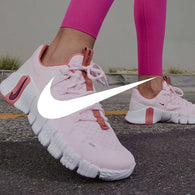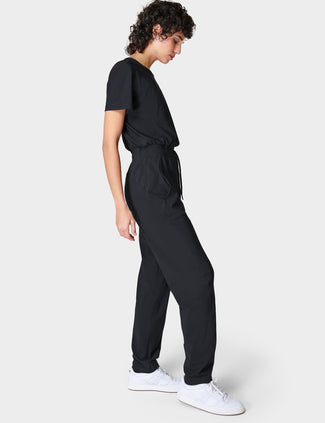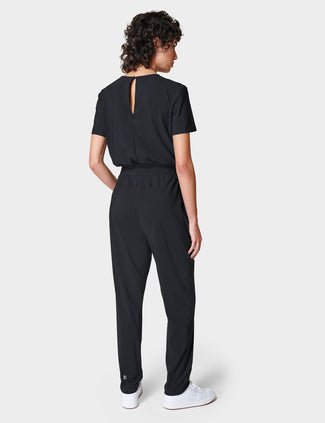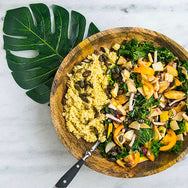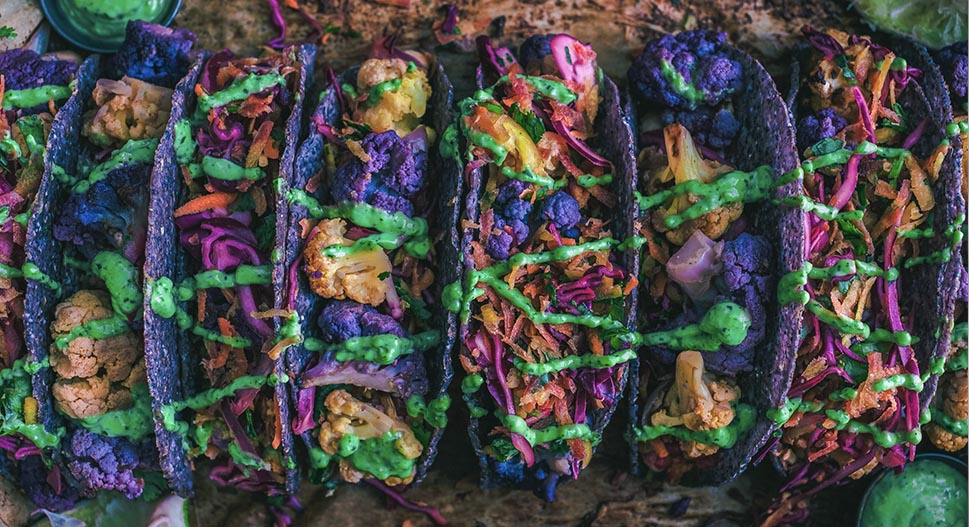
The flexitarian diet – fleeting fad or here to stay? Good question. With the sudden rise in veganism and vegetarianism, you could be forgiven for thinking that flexitarianism is merely another incarnation of the trend. However, the healthy eating regime is more than a decade old and is fast gaining in popularity.
‘The Flexitarian Diet’ by Dawn Jackson Blatner was published back in 2008 and many believe it to be the first time the word was widely used. It wasn’t until six years later, though, that the word entered the Oxford English Dictionary. Now, one in eight Britons identify as a flexitarian, according to a recent survey by Waitrose. So, what is the diet all about and should you consider trying it for yourself? Here’s what you should know.
The Myth: ‘Vegetarianism with Cheating’
Let’s deal with the elephant in the room. When you hear about the flexitarian diet, one thought is likely to flash through your mind. Isn’t it just vegetarianism with cheating? The most obvious answer might be yes, but there’s so much more to this eating plan than that.
This nutrition-centric diet helps you to eat more vegetarian dishes without going completely cold turkey. Pun intended. Choosing to cut back on your fish and meat consumption while replacing those ingredients with plants is one of the best things you can do for your health and the environment. Let’s take a look at some of the reasons that you might want to give flexitarianism a whirl.
-
Consuming less meat is a healthy choice
Tucking into a bacon sandwich on a Saturday morning may your favourite part of the week, but is it all that healthy? That was a rhetorical question. In recent years, the world has become more and more aware of the possible dangers of eating too much meat, especially red and processed meat, such as salami, bacon and chorizo.
An American Osteopathic Association looked at the diet plans of more than 1.5 million people. The results found that those who ate red or processed meat on a daily basis ultimately had a higher risk of early death. However, eliminating meat from your diet completely may be unrealistic, especially if it’s one of your staples. In that case, consuming less by following the flexitarian diet is a quick way to improve your health.
-
It could help save the planet
Climate change is a hot topic – literally – and we all need to play our role in fighting it. Research published in the Nature Journal suggests that Britons need to cut their beef consumption by 90% and milk consumption by 60% to haunt rises in greenhouse gases and climate change. The researchers also recommended that people increase the amount of beans and pulses they eat by around four to six times.
Coincidentally, the above dietary changes perfectly align with the basics of a flexitarian diet. By cutting back on meat and dairy products, and replacing these ingredients with more sustainable alternatives, you can do your part in protecting the world.
-
The flexitarian diet supports weight loss
Now that the new year is in full swing, you may be trying to getting into shape. Boosting your exercise regime is one way to get started, but you should also look to your everyday diet. Research into the flexitarian or semi-vegetarian diet suggests that it could lead to a lower body mass index (BMI) and body weight average. These results could be due to the fact that a great deal of meat is high in fat and calorie-content.
-
You can create a food plan that works for you
Perhaps the most attractive thing about the flexitarian diet is that it is what it says on the tin – flexible. How you define it depends on your goals and lifestyle. For example, you might decide that you stick to a vegetarian diet when you’re cooking at home but indulge in fish or meat meals when you dine out. Equally, you could choose to avoid meat during the week but include it in your dishes at the weekend. The choice is entirely yours.
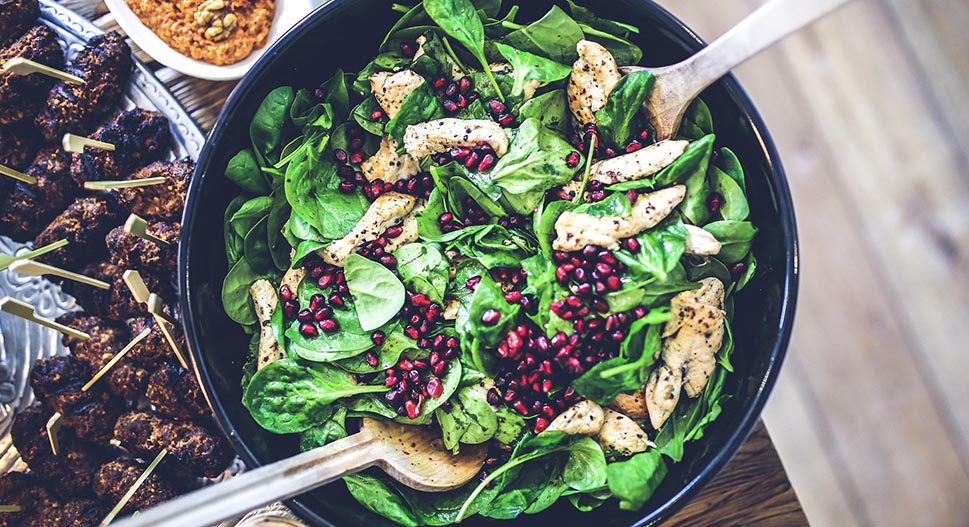
4 Tips on How to Become a Flexitarian
Now that you’ve got the low-down on what the flexitarian diet is all about, you may be tempted to try it out. If you’re ready to get started, here are some of the core tips you should keep in mind when approaching this type of diet plan:
1. Learn to love fruit, vegetables, and legumes
These ingredients will become the core of your diet, which is excellent news for your health. Fruit and vegetables are high in the vitamins and nutrients that your body needs while legumes offer sustainable energy and plant-based protein. Simple.
2. Cut back on highly processed foods
It’s not all about cutting back on meat products, flexitarianism is a health-first diet plan, which means that you want to ditch all the nasties. Wherever possible, avoid processed foods, such as ready meals and premade sauces, in favour of cooking from scratch.
3. Choose the ‘right’ kind of meat
When you do eat meat or fish, you need to make sure that it’s as healthy as possible. For that reason, you should avoid cured, red, and processed meats. Instead, you can replace these ingredients with lean cuts of meat, such as chicken breast, and white fish.
4. Limit your amount of animal products
But wait just a minute – what about eggs and dairy? While there’s nothing to say that you ought to cut these out completely, the flexitarian diet is about avoiding too many fatty foods. Limit your amount of animal products. Have them as a treat rather than a staple.
Conclusion
Maintaining a healthy diet and lifestyle is all about balance. If you’re guilty of overindulging in meat-based product but don’t want to become a fully-fledged vegetarian, trying the flexitarian diet strikes a decent balance. Use this guide as a starting point but do your own research too before you adopt this small, yet significant lifestyle change. You never know, it might just be the healthiest lifestyle change you make in 2019.
Up next: What is the best protein for fat loss?






